perfect wave, the
The "perfect wave" is subjective, changing from person to person, but it nonetheless takes on a collective shape and form defined by each new generation of surfers. As surfing was exported from country to country in the first few decades of the 20th century, Waikiki, the sport's homeland, was unanimously regarded as having the world's best surf. After World War II, with the new easier-handling boards encouraging surfers to ride faster and more sharply angled waves, Southern California's Malibu became the ultimate high performance break.
While the best waves at Waikiki and Malibu were no doubt referred to as "perfect," it was California filmmaker Bruce Brown who brought "the perfect wave" into the lexicon with his wildly popular 1966 surf movie travelogue, The Endless Summer. Three years earlier, Brown set out with surfers Mike Hynson and Robert August in search of a Malibu-like wave with no crowds. In South Africa, at a boulder-lined point located on Cape St. Francis, the group discovered a beautifully tapered chest-high wave, and an ecstatic Brown filmed what would become the high point for his upcoming film. "On Mike's first ride, the first five seconds," Brown said in his Endless Summer narration, with Hynson trimming across a long Cape St. Francis wall, "he knew he'd finally found that perfect wave." Brown also shot photographs of Cape St. Francis for a 1964 Surfer magazine article titled, "Africa: The Perfect Wave."
With Endless Summer serving as a model, the quest for the perfect wave became a permanent surf world trope. After short boards were introduced, in the late '60s, and riding inside the tube was the new ultimate thing in surfing, the cylindrical waves at Hawaii's Pipeline became the new perfect wave. Almost by definition, the perfect wave had to have an element of difficulty. Just as the geographic distance between South Africa and the rest of the surfing world made Cape St. Francis all but unreachable, the dangerous sheer-faced tubes at Pipeline were off limits except to the most skilled.
The perfect wave was diffused somewhat beginning in the mid-'70s, although breaks like Jeffreys Bay (South Africa), Grajagan (Indonesia), Cloudbreak (Fiji), and Lance's Right (Indonesia), each of them long and hollow, might be viewed as Malibu/Pipeline hybrids.
In 2010, with the debut of the Wavegarden pool in Spain's Basque country, the "perfect wave," at least in a technical sense, was for the first time created artificially. In 2015, 11-time world champion Kelly Slater furthered this notion with a wave that was bigger, longer, and hollower then anything yet produced by man. Surfers worldwide were intrigued, but not all were sold, and Slater's wave was described on occasion as "too perfect."
Magic Moments: The Perfect WaveSubscribe to view
Malibu. Photo: Bill ParrSubscribe to view
Cloudbreak, Fiji. Photo: Tom ServaisSubscribe to view
Mike Hynson, Cape St Francis, from Endless Summer. Photo: Bruce BrownSubscribe to view
Shawn Briley, Pipeline, 1995. Photo: Brian BielmannSubscribe to view
Honolua Bay, Maui. Photo: Dana EdmundsSubscribe to view
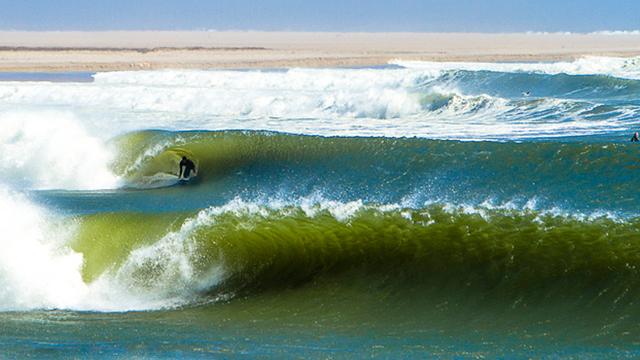
Magic Moments: The Perfect Wave
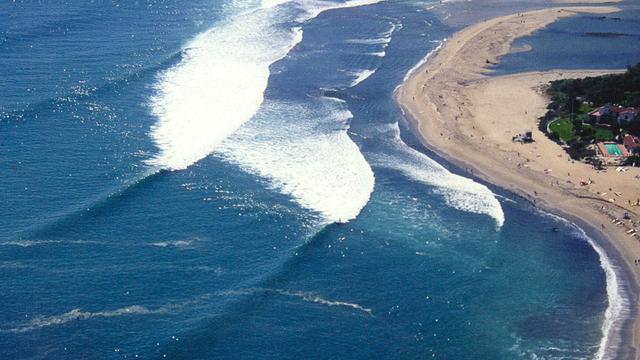
Malibu. Photo: Bill Parr
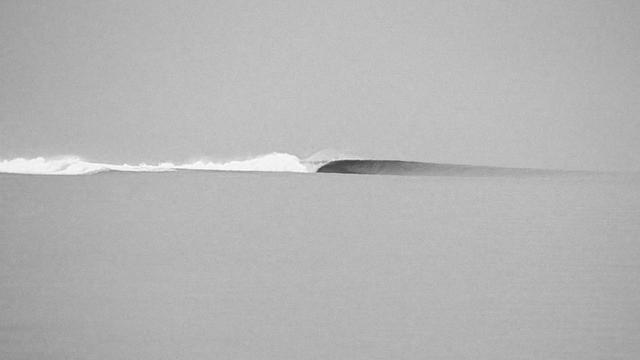
Cloudbreak, Fiji. Photo: Tom Servais
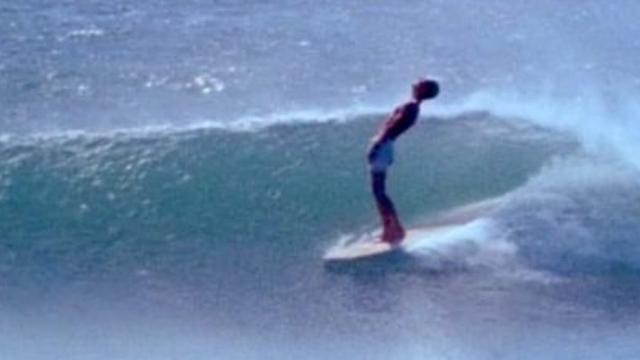
Mike Hynson, Cape St Francis, from Endless Summer. Photo: Bruce Brown
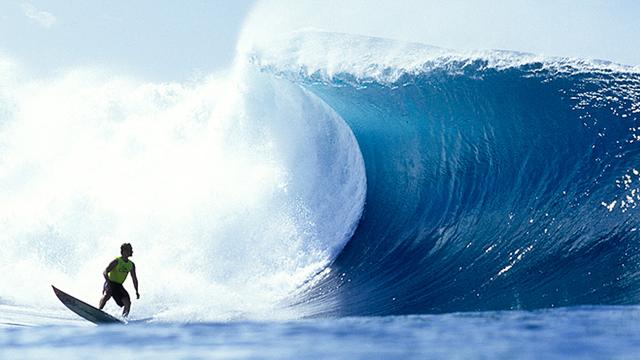
Shawn Briley, Pipeline, 1995. Photo: Brian Bielmann
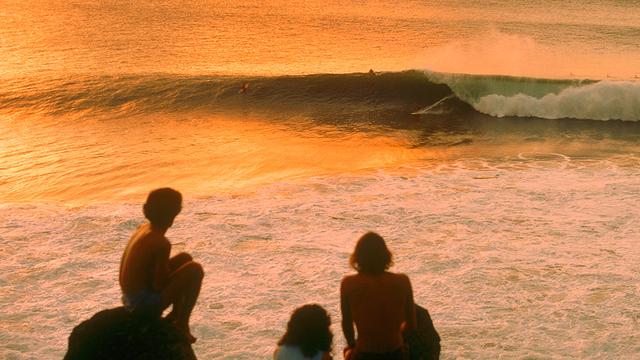
Honolua Bay, Maui. Photo: Dana Edmunds